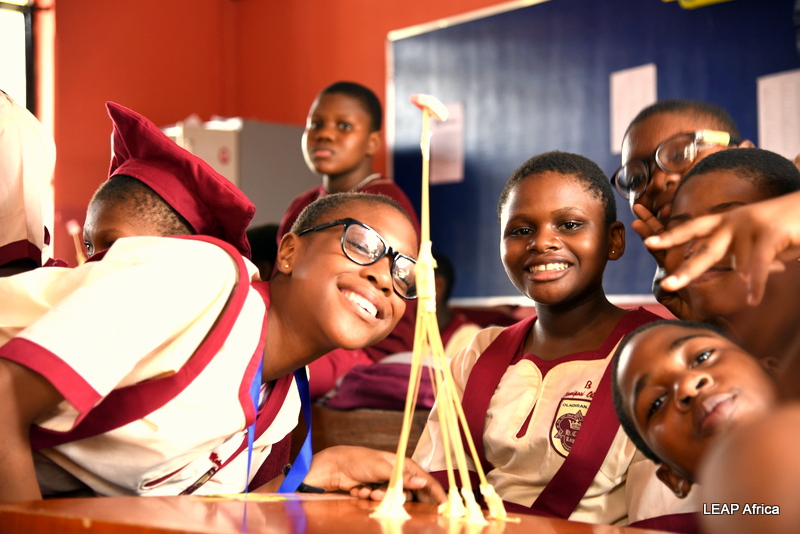Life skills education is generally
overlooked in schools. Schools tend to focus on just curriculum learning,
leaving the parent(s) with the sole responsibility of teaching their children
these skills. While parents are responsible, to some extent, for the
development of this skill in their children, the amount of time the children
spend in school means that they should learn this at school also. How important
are life skills though?
Life skills are defined as psychosocial abilities for adaptive and positive behaviour that enable individuals to deal effectively with the demands and challenges of everyday life. Basically, they refer to the skill set that enables people to live happy and meaningful lives and reach their potential. People who have sufficient life skills flourish.

Important Life Skills to Teach Children
Listing out specific skills as life skills is a tough ask because any skill that can make life easier for one can be termed as such. These may vary by age or tradition/culture. However, employers in recent times have specific skills that they look out for in potential employees. Obviously, employers want job candidates to be able to handle certain tasks or solve problems that might come up at work, and the way to evaluate this is through life skills. So these skills are extremely important for all to learn, especially from an early age. The following are some important skills for everyday living:
- Decision making
- Problem-solving
- Creative thinking
- Critical thinking
- Effective communication
- Interpersonal relationship skills
- Self-awareness
- Empathy
- Coping with emotions
- Coping with stress

How to Teach Life Skills in School
Given the importance of these skills, care should be taken with regard to how they are taught. The following are tips to take:
Start at the Beginning
When teaching a life skill to children, it is easy to assume that the skills are basic and the children should have an idea of it. This should not be the case though. Always start at the beginning of the process and don’t jump ahead and skip out on several important parts. This is so that the child does not miss out on any part of the learning process and hence have a half-baked knowledge of it.
Get Everyone Involved
Try to make sure that every child is involved while making sure that you do not demoralise any one of them. Note that each individual child has different capabilities due to natural talent or upbringing. Trying to rush a child to learn something will be counterproductive in the long run, so patience is needed. Care should be taken not to make any child feel stupid. Empathy is extremely important on the part of the teacher when trying to teach a child.
Model Examples for Them
Most people can get an idea of how to do something correctly if they have someone to model it for them first. You can try talking them through it until you are blue in the face, but sometimes just seeing and witnessing it is all they need. For example, even teenagers often have trouble speaking to adults in a mature way. Model for them the proper way to make an introduction, shake hands, and look the person in the eye when speaking to them. A little bit of modelling can go a long way.

The tips above might seem simplistic but
it can be a challenge at times. Take care to practice them. The benefits are
enormous at the end for the children, and then you will have the satisfaction
of raising a total child.
A more detailed guide for teaching life skills in school can be found in the World Health Organization’s 1997 article titled LIFE SKILLS EDUCATION FOR CHILDREN AND ADOLESCENTS IN SCHOOLS.












